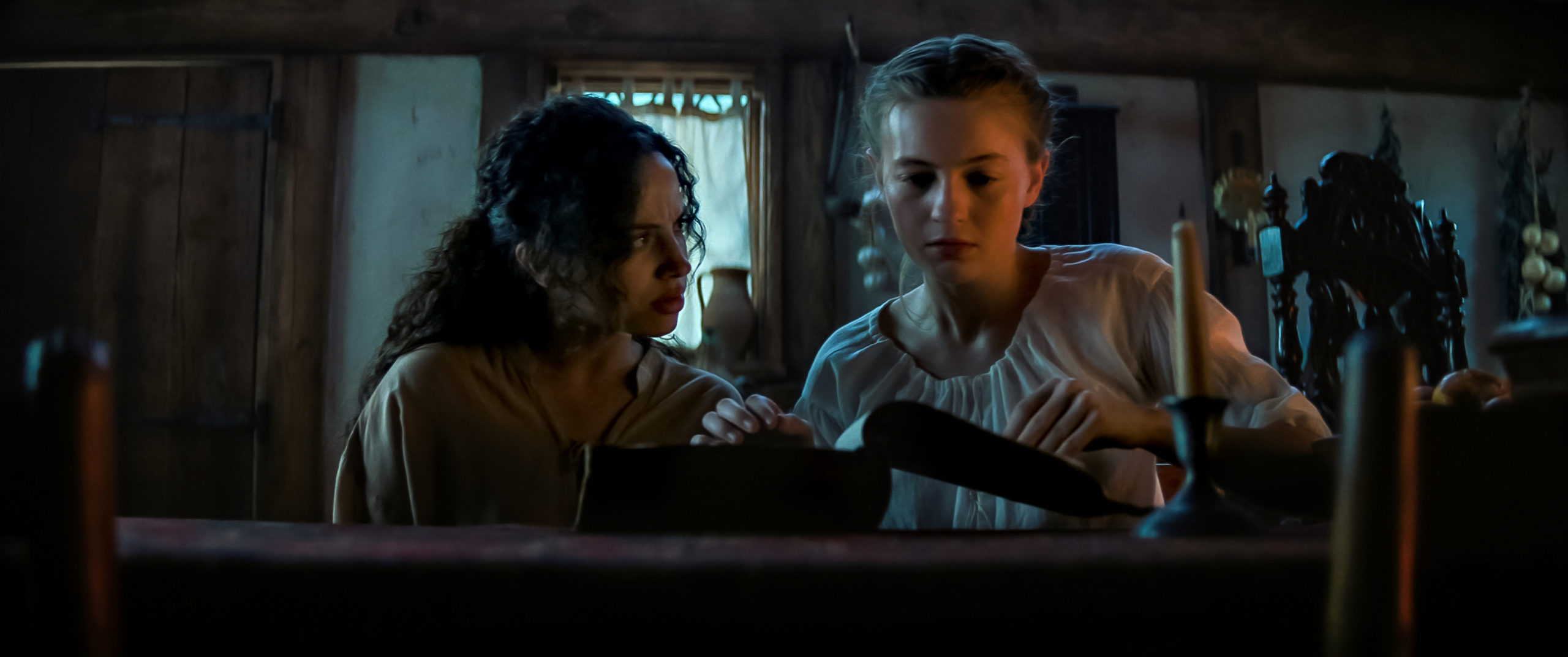
by Daniel Stalter | Jul 16, 2021 | Blog
Spoiler-Free Review: The trilogy of films concludes with Fear Street: 1666. I’m not typically a fan of historical horror, but I loved R.L. Stine’s Fear Street Saga. Like its predecessors, 1666 makes a tonal shift for the third part of the story that fits the time...
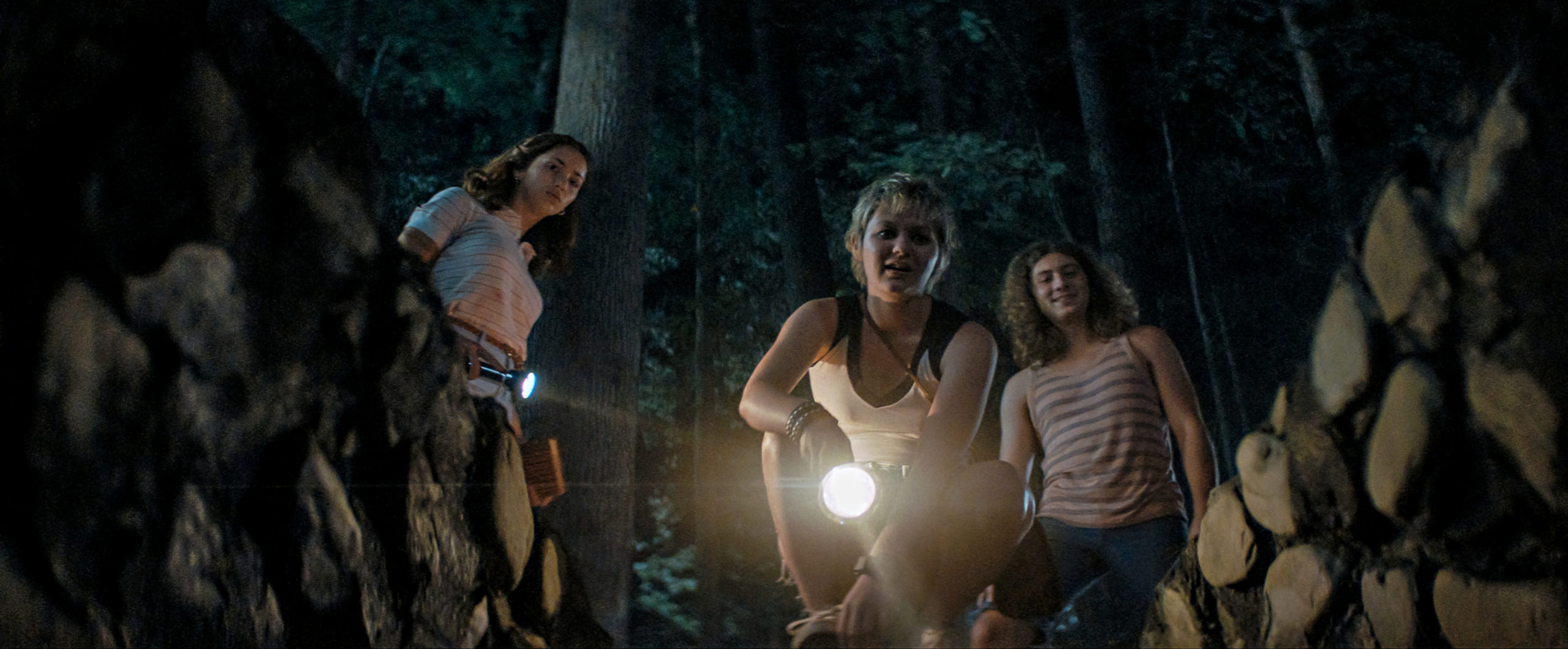
by Daniel Stalter | Jul 9, 2021 | Blog
Spoiler-Free Review: Fear Street 1978 doesn’t waste any time getting right to the good stuff. Last week’s 1994 had already done a lot of the heavy lifting introducing us to Shadyside and the witch’s curse, so 1978 was poised to hit the ground running. Where the first...
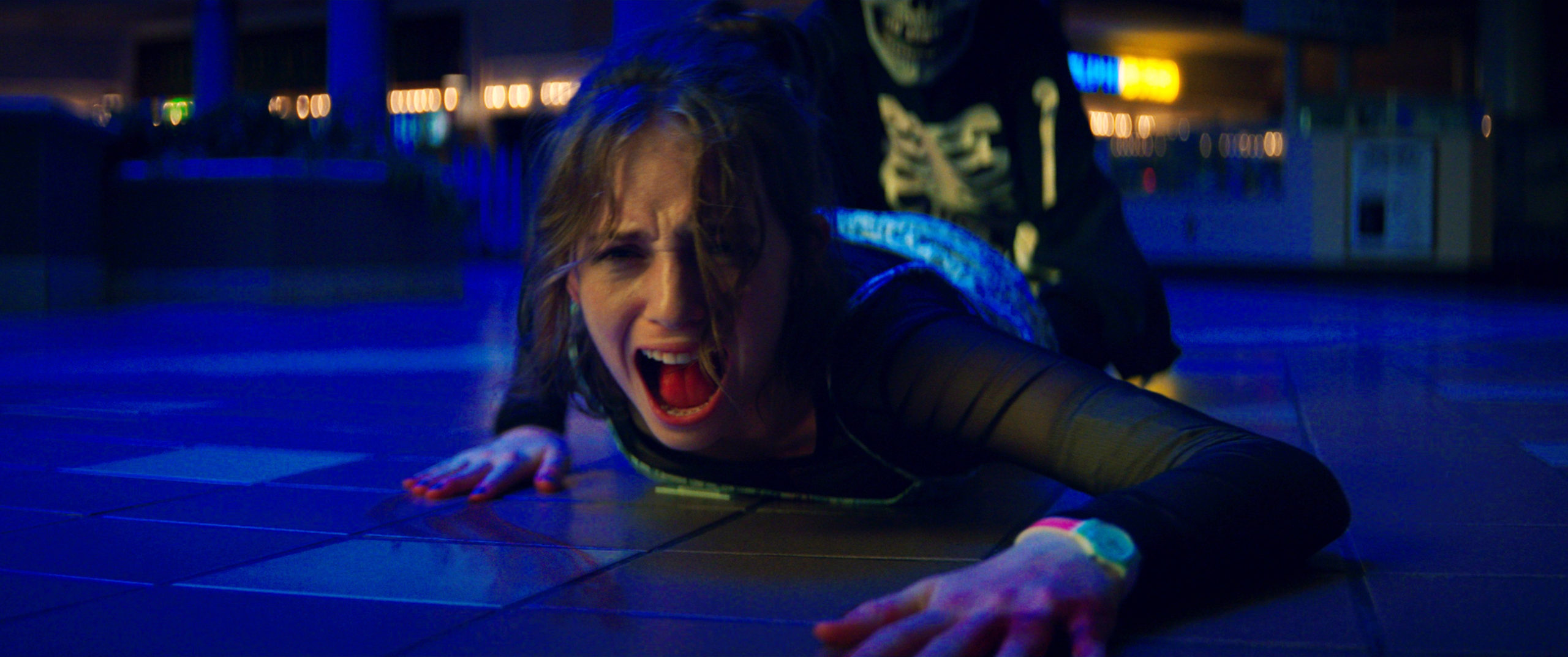
by Daniel Stalter | Jul 1, 2021 | Blog
Spoiler-Free Review It’s been over 30 years, but we finally got a Fear Street movie! And not just one, but three of them! So let me take a moment to first acknowledge my excitement as a Fear Street superfan. This is a big moment. So you can only imagine how excited I...
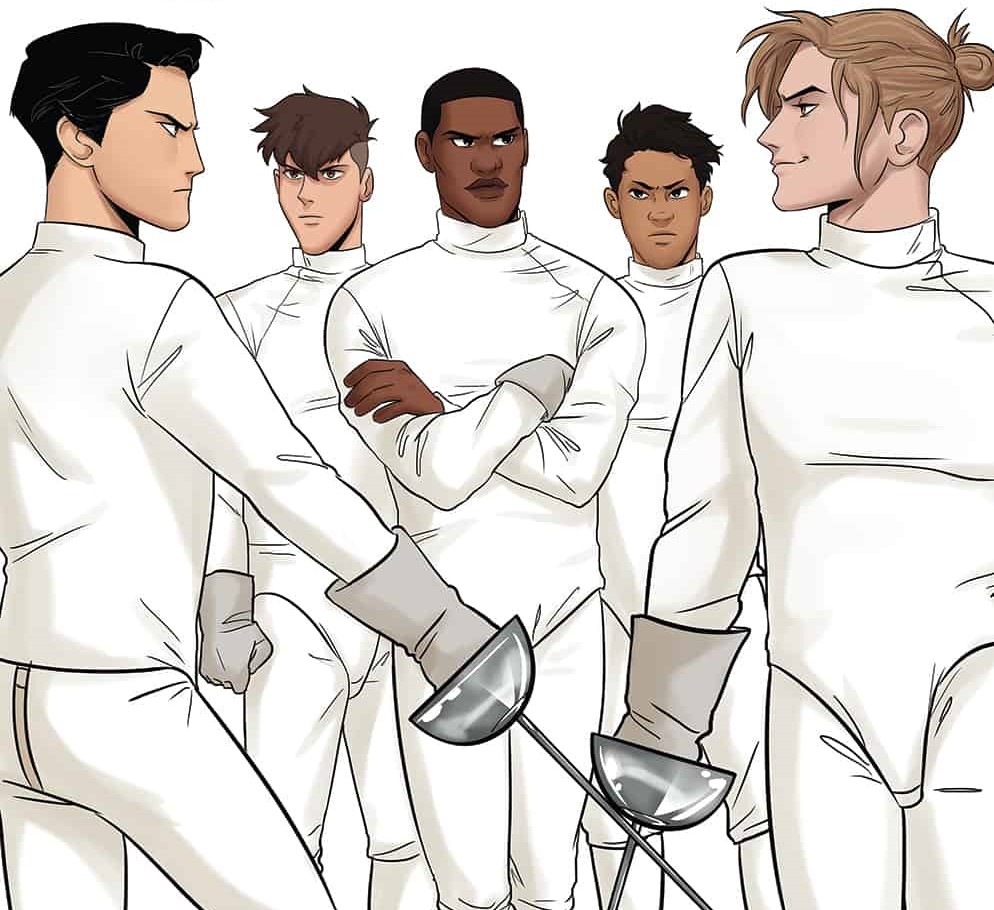
by Daniel Stalter | May 15, 2020 | Blog
Fence is a 12-issue comic series from Boom! Box was written by C.S. Pacat, with artwork by Johanna the Mad, colors by Joana LaFuente, and lettering by Jim Campbell. It has since been collected into three volumes that your local comic book store or favorite digital...
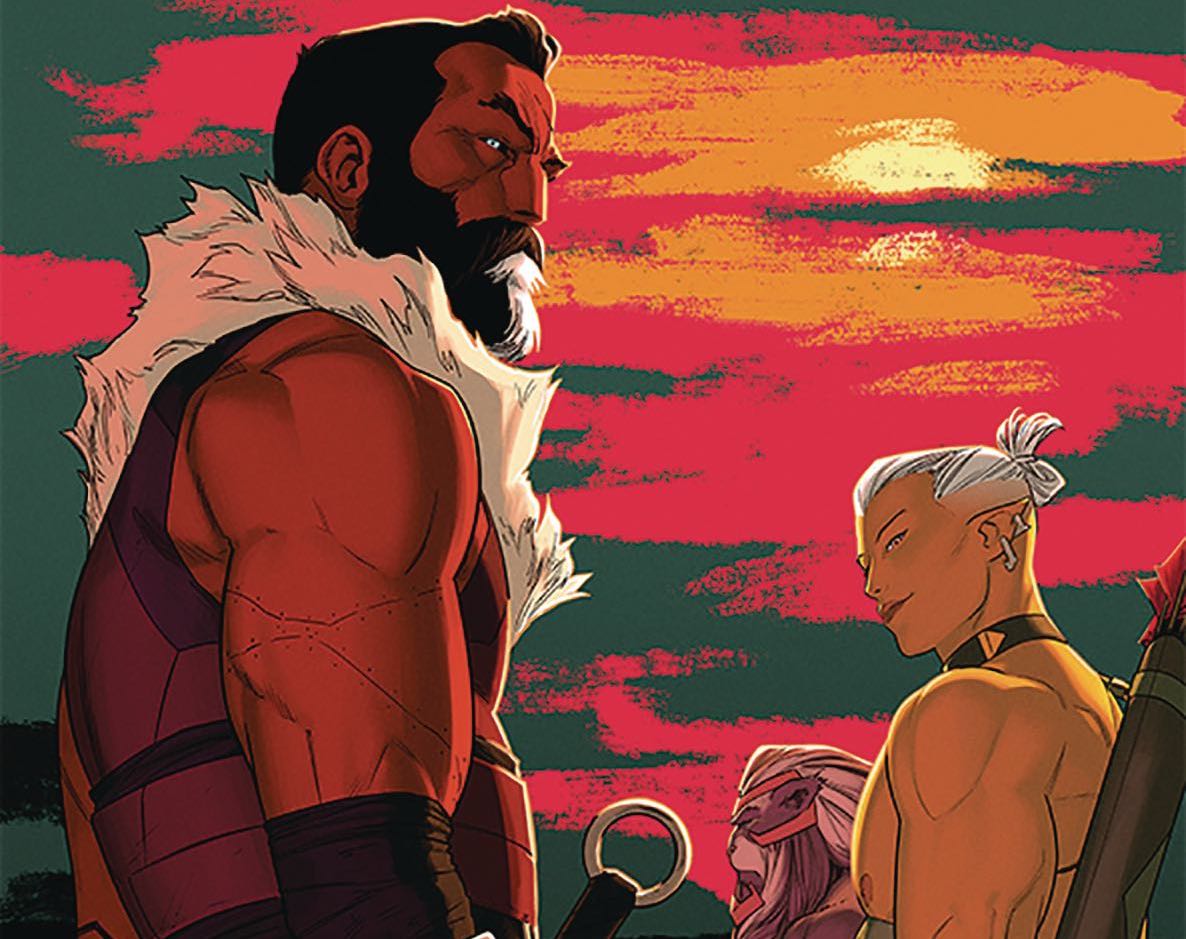
by Daniel Stalter | Mar 12, 2020 | Blog
The White Trees is a beautiful two-issue fantasy miniseries written by Chip Zdarsky and brought to life by Kris Anka’s gorgeous artwork and Matt Wilson’s brilliant colors. The story features two excellent queer lead characters and explores themes of redemption...






